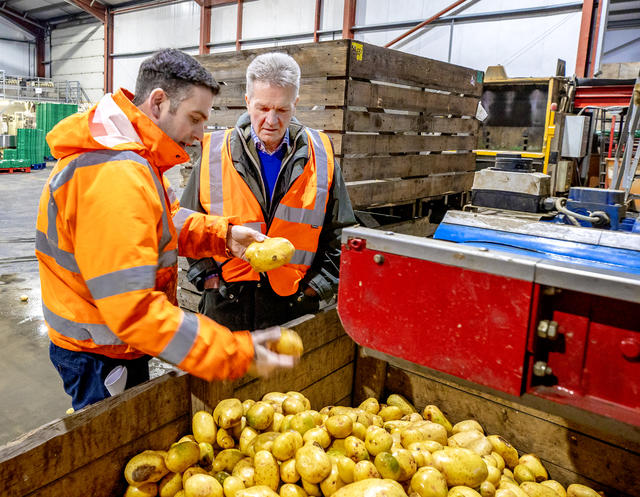A climate-friendly diet is healthier, produces less waste, has more seasonality and is locally sourced.
Reducing food waste at home is an excellent way to reduce our carbon footprint and save money. We waste around 20% of all the food we buy, worth £800 a year. With some foods having larger carbon footprints than others, throwing edible food away has a high hidden cost.
Reducing food waste in your household can be simple:
- Buy loose produce so you can choose the quantity you need while avoiding unnecessary packaging.
- Freeze or refrigerate anything that will not be consumed while fresh.
- Ensure food is definitely past the use by date and inedible before discarding.
Various resources and apps like Giki, GreenRedeem and Capture provide information about food and more. You can find a range of information, including whether packaging is recyclable and whether ingredients have been sustainably sourced.
You could also follow Love Essex for tips on cutting food waste and making the most of leftover ingredients. They have just launched their Love Essex, Love Food campaign, and you can find more details on their website.
Food choices
Meat
50g of protein from beef takes 25kg of CO2 to produce, compared to just 420g of CO2 for the same amount of protein from chickpeas or lentils.
Animal protein sources tend to be higher in carbon, but chicken emits less than other meats.
Seafood
Seafood is generally lower in carbon than meat. However, overfishing is a problem, and some fish carry a high environmental footprint.
Air-freighted fish from other continents, especially lobsters and king prawns, have the highest carbon footprint. Local shellfish, such as mussels, have a very low environmental footprint. Line-caught mackerel and hake are also good options environmentally.
Eggs
Eggs are also a low-carbon source of animal protein. If you can, buy eggs from local suppliers. If you have access to a garden or outdoor space, you could even introduce some chickens to lay your eggs.
Seasonality
Choosing local, smaller-scale producers significantly affects how land is treated and maintained. The environmental impact is far less than that of larger-scale, international food supply chains.
As well as supporting your health and your local economy, you might get to know local producers and get tips on preparing seasonal foods.
Veg box schemes can be a great way to support farms and local producers. There is less waste and unnecessary packaging and a greater focus on the seasonality of foods, giving you fruits and vegetables currently in season. Check out Odd Box, which delivers wonky fruit and vegetables that would otherwise be wasted due to supermarket shape and size standards. Find Local Produce is a great source of information on sustainable producers in your area.

Making informed choices
It is not about restricting our diets but about being informed about our options. We can learn more about the seasonality of foods, and visit local farm shops, grocers and butchers. Local produce has a much lower impact than anything imported, so look out for British or Essex-based producers! There are plenty right on our doorsteps.
Incorporating some meat-free days into your week can be a great starting point. Plant-based alternatives are becoming more readily available.
When we eat meat, buying locally cuts our environmental footprint significantly and boosts the local economy by supporting farmers.
It is better to buy things closer to home to keep food miles to a minimum. In the supermarket, fruit and vegetables should have information on their origin. Food from outside Europe will have a large carbon footprint.
We can identify food that has travelled by air via this food miles calculator.
Finding food that protects our planet can sometimes be difficult, but look for EU organic labelling and labels from The Soil Association.







